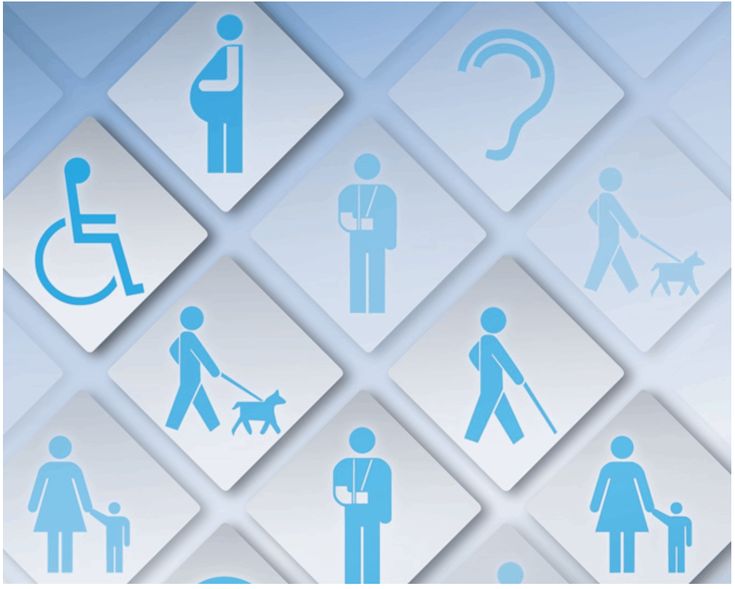Bridging the Digital Divide: The Imperative of Web Accessibility in Education
Understanding Web Accessibility: An Overview
In the digital age, accessibility online has become a crucial element, particularly within the education industry. Web accessibility ensures that all users, regardless of their abilities or disabilities, can navigate, understand, and interact meaningfully with web content. In contexts like the Netherlands, where educational institutions strive for inclusivity, the commitment to accessibility becomes even more vital.
Accessibility is not just a legal obligation—it’s a moral imperative. According to the World Wide Web Consortium (W3C), approximately 15% of the world’s population experiences some form of disability. This statistic highlights the urgent need for educational websites to create inclusive environments that empower all learners. The successful implementation of web accessibility practices invites diverse learners into the educational fold and fosters a sense of belonging.
The Educational Benefits of Web Accessibility
Incorporating accessibility features into educational websites offers multifold benefits. First, it enhances user experience for all students, transforming mere access into quality interaction. For instance, students with visual impairments benefit from screen readers that convert text into speech, allowing them to absorb information effortlessly. This promotes an equitable learning environment where all participants can thrive.
Moreover, accessible websites provide significant educational advantages by accommodating different learning styles. Features such as captions for videos and alternative text for images cater to auditory and visual learners alike. By incorporating diverse learning resources, educational institutions can foster increased engagement, retention, and comprehension among all students.
Legal and Ethical Imperatives
The legal landscape surrounding web accessibility varies regionally, with explicit regulations in many countries, including the Netherlands. The Dutch government adheres to the European Union’s Web Accessibility Directive, which mandates that public sector organizations follow the Web Content Accessibility Guidelines (WCAG). Institutions that fail to comply may face legal repercussions, underscoring the importance of accessible educational content.
Beyond legalities, ethical obligations to provide a fair educational environment drive institutions to prioritize web accessibility. Education is a fundamental right for everyone, and denying equal access to information and learning resources undermines this principle. By championing web accessibility, institutions demonstrate their commitment to inclusivity and respect for all learners, regardless of ability.
Practical Strategies for Implementing Web Accessibility
Creating an accessible educational website involves strategic planning and execution. Institutions should start by conducting thorough accessibility audits to identify barriers that impede access. Engaging web developers trained in accessibility best practices is essential for this process. Effective audit processes often can reveal issues with color contrast, keyboard navigation, and text alternatives for images, making it easier to pinpoint necessary adjustments.
Subsequently, organizations should implement user testing involving individuals with disabilities. Direct feedback from users who navigate the site with assistive technologies can highlight potential enhancements. This hands-on approach ensures that the educational institution’s efforts align with the needs of diverse learners, resulting in an enriched educational experience for all.
Fostering a Culture of Accessibility
To truly embed accessibility into the fabric of educational institutions, it is vital to cultivate a culture centered around inclusivity. This involves not only implementing technical solutions but also raising awareness among educators and staff regarding the importance of accessible resources. Professional development programs can equip faculty with the knowledge and tools to create accessible materials in their courses.
Additionally, integrating discussions of accessibility into the institution’s core values promotes a proactive approach. Schools and universities should encourage students to consider accessibility in their projects, fostering a generation of tech-savvy individuals who are mindful of inclusivity. Creating space for these conversations can enhance empathy and collaboration among students, setting an example of best practices in the wider community.
Conclusion: The Path Forward
In conclusion, the significance of web accessibility in the education sector cannot be overstated. It serves as a cornerstone for equitable education, enabling institutions to meet legal obligations while respecting ethical standards. By prioritizing accessibility online, educational entities can foster both inclusivity and innovation in their learning environments.
As we continue to push the boundaries of technology, we must ensure that everyone has the opportunity to learn from and benefit from these advancements. Creating accessible educational websites is not just a task—it’s a commitment to excellence that honors the diverse fabric of our society.






